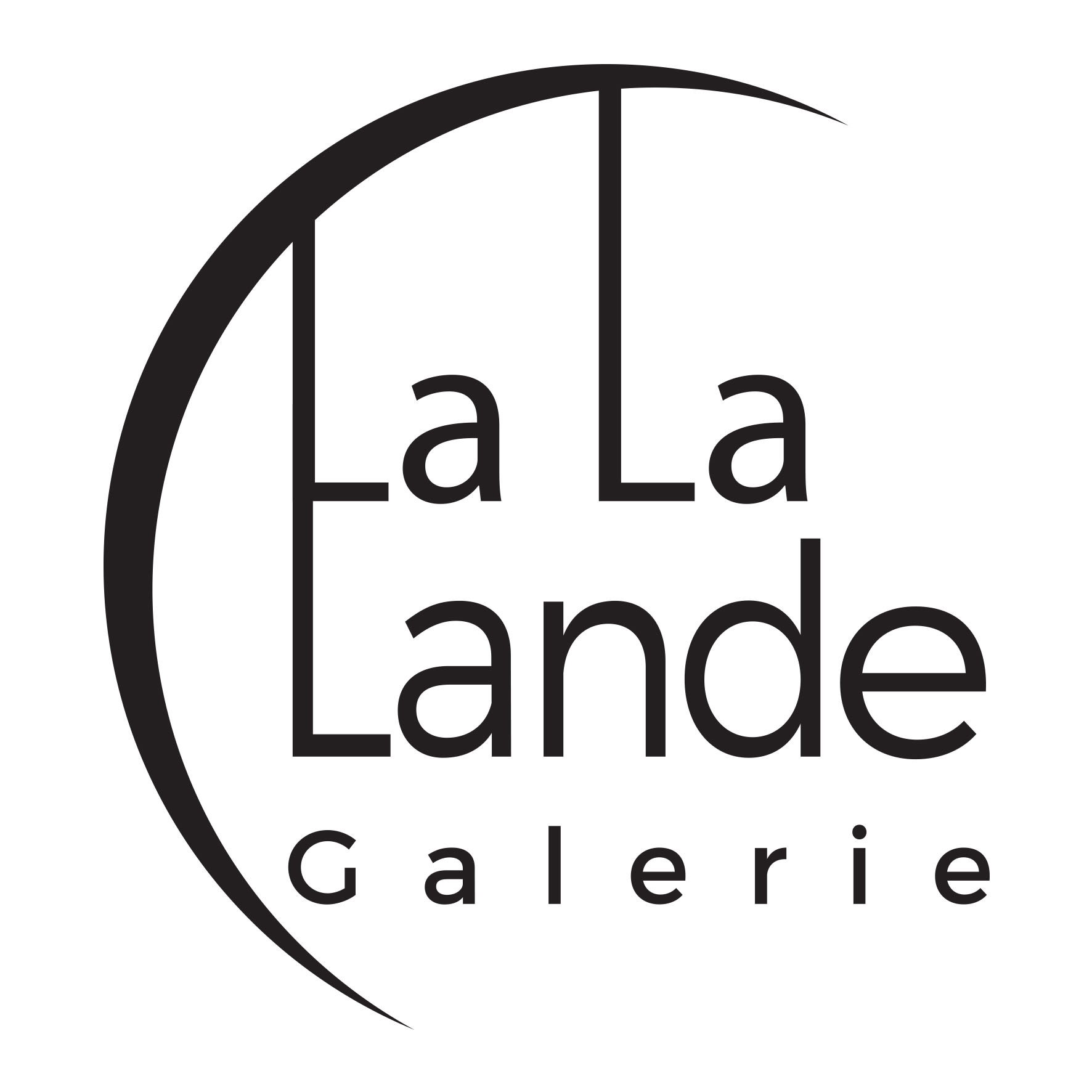By weaving a link between contemporary techniques and symbolic heritage in an exploration of ancient myths, Chemsedine Herriche evokes what he calls an “archaic resonance”: the contemporary resurgence of forgotten collective memories and gestures.
Starting from this concept, this cohesion of works questions history and memory by blurring the boundaries between antiquity and contemporaneity.
Younes Ben Slimane reconsiders notions of traces, residues, or sensitive relics, haunted by what once was. He draws us into the heart of a dark ritual, where objects speak their own language, a silence that recalls the end of their former users. Another ritual unfolds in the imagined queer civilization of Aïcha Snoussi, whose drawings of organic protrusions and indecipherable messages, derived from very ancient languages, cover a rediscovered tunic that retraces the narrative of a personal mythology imbued with intimate references. Lulwah Al-Homoud also explores language through other scripts—rhythmic abstractions that in fact conceal mathematical codes behind the Arabic alphabet, intertwining logic, poetry, and mysticism around a complex form of communication.
The industrial aesthetic of Kaïs Dhifi’s riveted aluminum plates merges with elements of history, archaeology, and magical realism to create intriguing sculptures that question the boundary between ancestral craftsmanship and futuristic technology. Past and present are also interwoven in Matteo Mandelli’s tapestries, which thread a connection between the fibers of traditional textile craftsmanship and the recycled circuits of our digital age. Chemsedine Herriche likewise develops a hybrid practice, at the crossroads of high technology and ancestral pictorial techniques. His works give form to mental visions—inner landscapes nourished by reflection on foundational narratives.
The photographs of Maxime Passadore reveal the aura of ancient sculptures that immerse the viewer in a mystical universe, where seemingly ordinary objects become conduits of energy, memory, and accumulated experiences. Meanwhile, Ladina Durisch’s shadows take on autonomous forms that overlay sculptures, architecture, and landscapes—ephemeral silhouettes of contemporaneity haunting timeless permanence. And in an irrational space, Solène Ortoli projects other shadows—those of ancient pottery adorning the edges of a bath—evoking an endless archaeological excavation, a passage between worlds, realities, and possibilities.
-Turki Binsultan
ABU DHABI ART
19/11 > 23/11/2025
La La Lande Gallery is pleased to announce its fourth participation in Abu Dhabi Art 2025, taking place from November 19th to 23rd at Manarat Al Saadiyat – Sheikh Khalifa Bin Zayed Al Nahyan Hwy – in the heart of the Saadiyat Cultural District on Saadiyat Island.For this edition, La La Lande will be presenting works by Sepand Danesh, Kaïs Dhifi, Eser Gündüz, Evans Mbugua, Solène Ortoli, Maxime Passadore, and Lin Wenjie.
